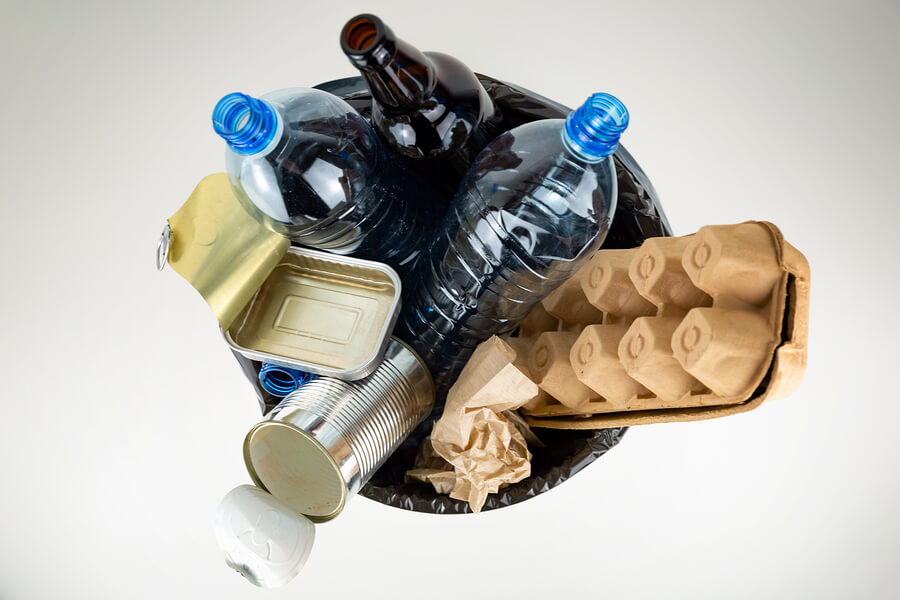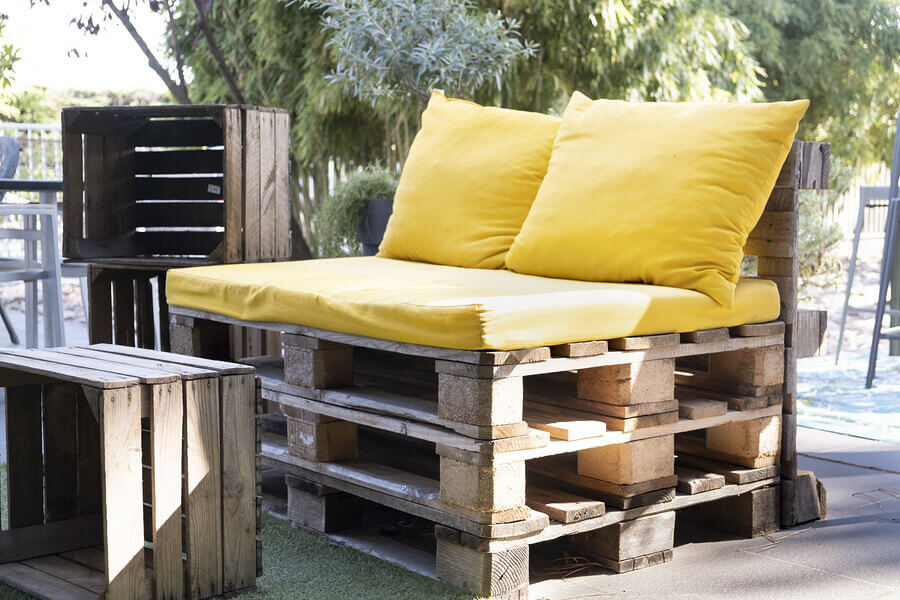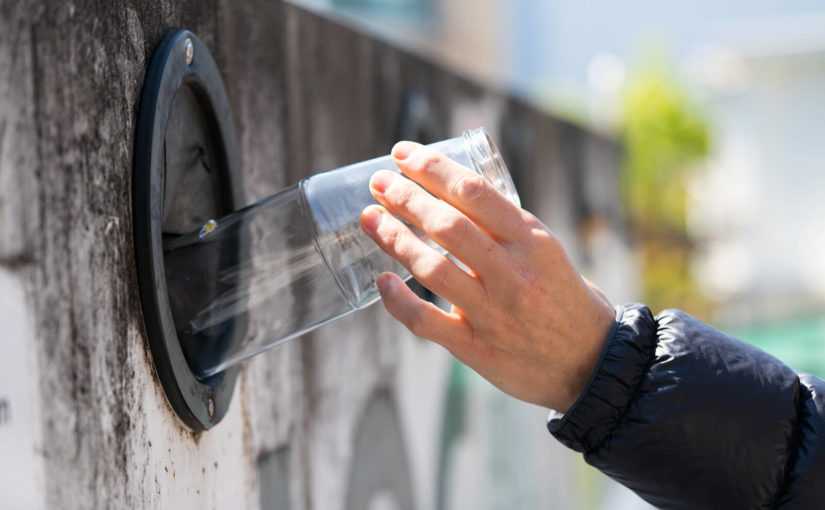The terms ‘recycling’ and ‘upcycling’ are sometimes used interchangeably but the two processes are actually unrelated and very different from each other.
In this article, we’ll take a look at both and then highlight the differences between the two, while also explaining why each is important from an environmental perspective.
Let’s start with a look at recycling.
What is recycling?
Recycling is an industrial process whereby objects are transformed into new materials and then used to make either the same product again (such as a can for drinks) or another product (such as something made from plastic).
Recyclables are collected — either from homes, commercial properties, industrial properties, or council-run recycling centres — and taken to a recycling plant.
Here, the recyclables are sorted into types and then broken down and used to create new materials.
Some recyclables are 100 per cent recyclable (i.e. aluminium and glass) and some recyclables can be recycled but not 100 per cent because they become weaker through the recycling process (i.e. plastic and paper).
In the case of plastic and paper, recycled materials are mixed with fresh materials in order to create new products.

What is upcycling?
Sometimes referred to as ‘creative recycling’, upcycling is entirely different from recycling.
The Cambridge English Dictionary defines upcycling as:
“The activity of making new furniture, objects, etc. out of old or used things or waste material”
So, upcycling has nothing to do with the industrial process of recycling.
Instead, upcycling involves taking an item that would otherwise be waste and improving it in some way to make it useful again.
A commonly upcycled item is old and unfashionable furniture. A cabinet or chest of drawers can be quickly and successfully transformed through a process of sanding, painting and the addition of new handles.
Likewise, a lamp can be improved with a new lampshade — perhaps from another lamp.
However, upcycling isn’t just transforming objects into better versions of themselves; often, objects get repurposed to offer a different function entirely.
A plastic bottle, for example, can be transformed into all manner of different things — a face visor, a plant pot, a watering can, fairy lights, and a bird feeder are just a few ideas.
The only limits to upcycling are your imagination and your skills. However, if you need to do something that’s not in your skillset, you can either give it a go and learn a new skill or ask someone else to do it for you.

The differences between recycling and upcycling
So, aside from the obvious fundamental differences between recycling and upcycling, mentioned above, what makes the two so different?
Recycling involves the destruction of waste in order to create something new, whereas upcycling takes waste and creates something new from it in its current state.
When upcycling, the original form is retained and the object is recognisable, which gives it a story — you can see what it has been and also what it has become.
In this sense, the upcycled object is a kind of tribute to the object it used to be.
While recycling is practical, upcycling is highly creative and can involve a wide variety of techniques and materials to create the finished product.
In summary, reuse and upcycling reduce the need for recycling and are therefore great options for the environment.
Once a material can no longer serve any purpose, then it is eco-friendlier to recycle it than it is to send it to landfill.
If you’d like to learn more about waste and recycling, you’ll find lots of interesting articles on our recycling blog.
